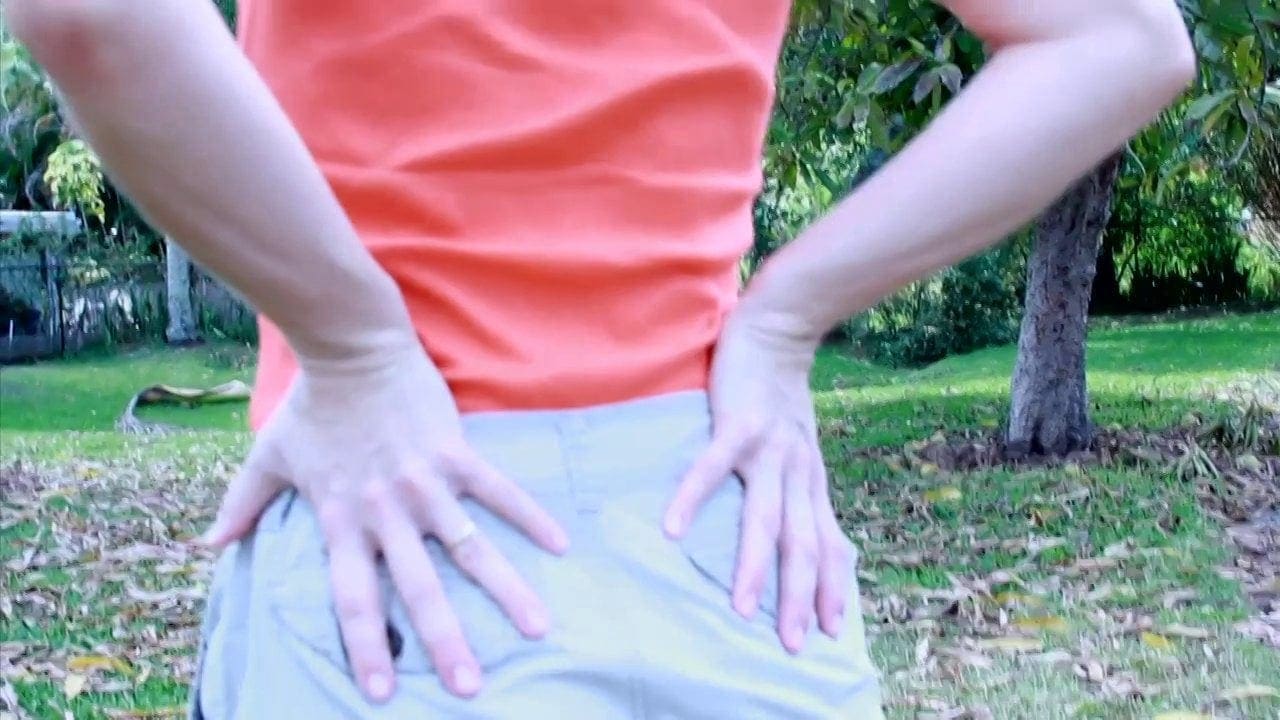
Osteoporosis is a condition that is characterized by progressive loss of bone mass resulting in porous and weak bones that break easily.
Osteoporosis sometimes occurs as a complication of a disease condition such as chronic kidney disease and endocrine disorders such as Cushing?s syndrome and hyperthyroidism. Sometimes, it results from prolonged intake of certain drugs such as corticosteroids. But in more than 95 percent of cases, osteoporosis develops spontaneously, in which case it is called primary osteoporosis.
Bone formation and destruction is a continuous process. In young people, bone formation outpaces destruction such that there is a continuous increase in bone mass or density from childhood to about age 30, when bones are at their strongest. After this, bone destruction outstrips formation and bone slowly, but progressively, decreases in density. Technically, primary osteoporosis has occurred when the person?s bone mass is 2.5 or more standard deviations lower than that of a normal, young adult.
Osteoporosis affects women four times more often than men. Women become particularly vulnerable to the disease after menopause and especially if the menopause came early. Post-menopausal women lose bone mass ? as much as 20 percent of their bone mass during the first five years after menopause ? because their ovaries do not produce the female hormone estrogen anymore. Estrogen helps deposit calcium in bones.
Compared to other races, osteoporosis is more prevalent among Asians ?? and Caucasians.
Aside from advancing age, menopause and race, the other risk factors for osteoporosis are: a family history of osteoporosis, thin build, a sedentary lifestyle, a diet that is poor in calcium and/or vitamin D, excessive alcohol consumption, and smoking.
Osteoporosis is often referred to as a “silent disease” because it produces no symptoms until it has progressed to an advanced stage. At this point, the weakened bones break (fracture) or collapse spontaneously or with very little force giving rise to pain that may range from chronic back pain that characterize many vertebral crush fractures to sudden severe pain that is typical of fractures of large bones.
One of the most dreadful fractures that often affect elderly people with osteoporosis is hip fracture. Hip fracture in the elderly usually results in serious disability that necessitates confinement to bed or wheelchair and dependence on caregivers. Bones weakened by osteoporosis can also get deformed. Hence, many old people, women in particular, develop an abnormal curvature of the spine that causes them to bend forward.
A number of tests that measure bone mineral density (BMD) are currently available. They are useful in diagnosing osteoporosis and also in monitoring response to treatment. The tests employ either x-rays or sound waves. They are all painless, practically harmless, and need only a few minutes to perform.
Who should undergo BMD test?
BMD testing is recommended for people with strong risk for osteoporosis; all women above 65; and post-menopausal women even if they are below 65 as long as they have one or more of the risk factors for osteoporosis.
It is easier to prevent loss of bone mass than to restore bone mass that has been lost. Hence, prevention of osteoporosis is more effective in preventing the complications of the disease than treatment.
The following measures will go a long way in preventing osteoporosis. They are most effective if started very early in life.
- A balanced diet rich in Calcium and vitamin D: Calcium and vitamin D supplements can be taken if the diet is suspected to be inadequate in these micronutrients.
- Regular weight-bearing exercise.
- Moderate alcohol consumption
- Non-smoking
- Intake of medications, when appropriate (e.g., medications for chronic illness such as diabetes mellitus, etc.).
In so far as treatment is concerned, estrogen replacement therapy used to be the mainstay in the treatment of osteoporosis in postmenopausal women, but this regimen has become unpopular because it increases the risks of developing breast cancer. However, there are several safer drugs that are now available for people with osteoporosis. They either slow the progressive thinning of bone or help rebuild bone.

Be the first to comment